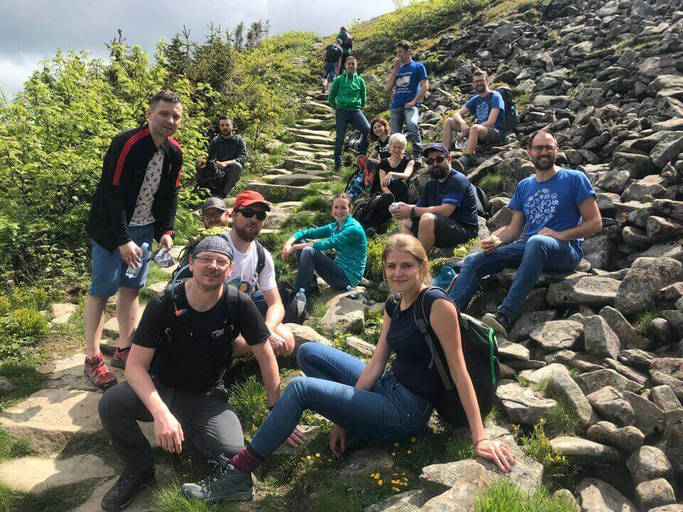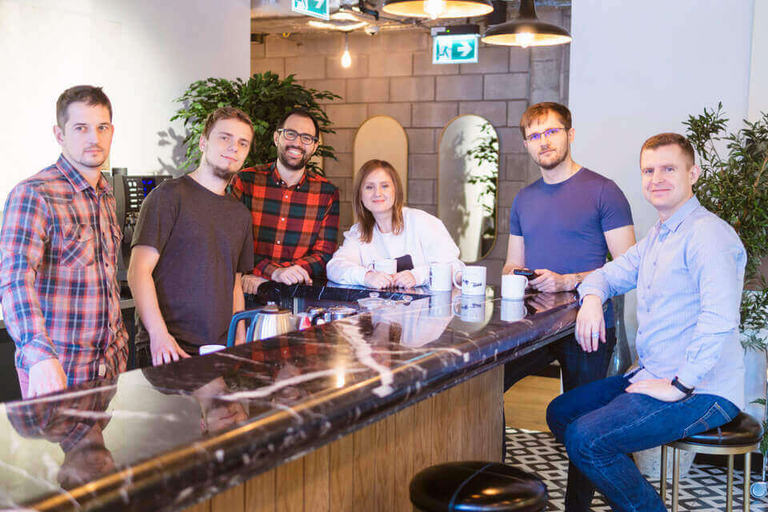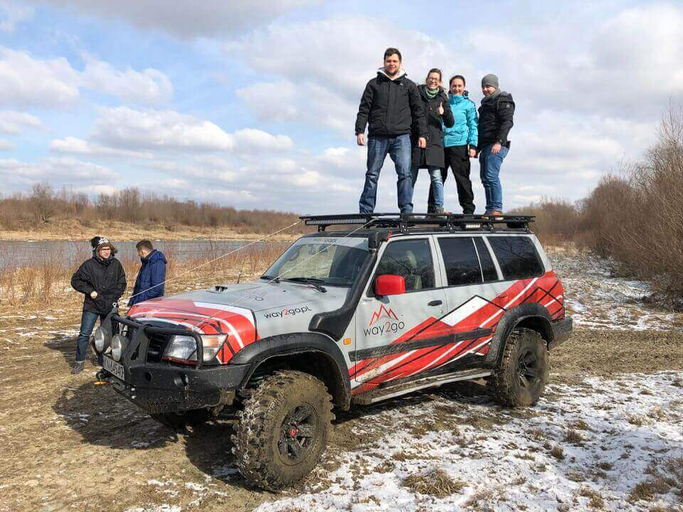SoftwareMill
4.2
8 reviews
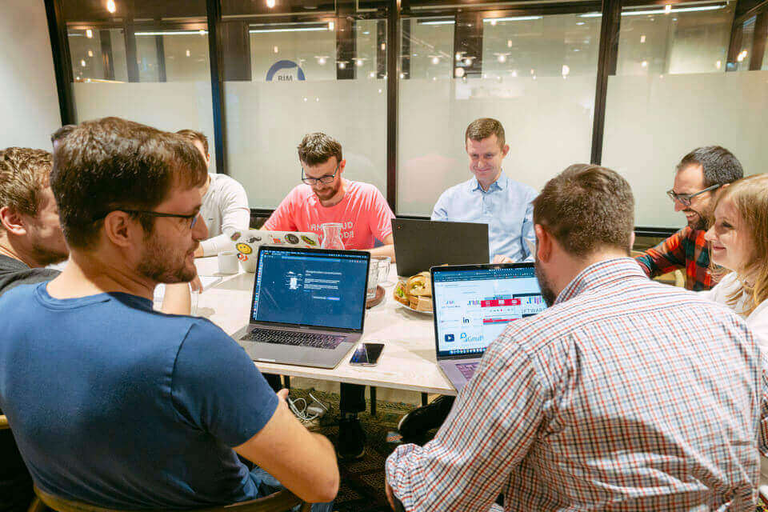
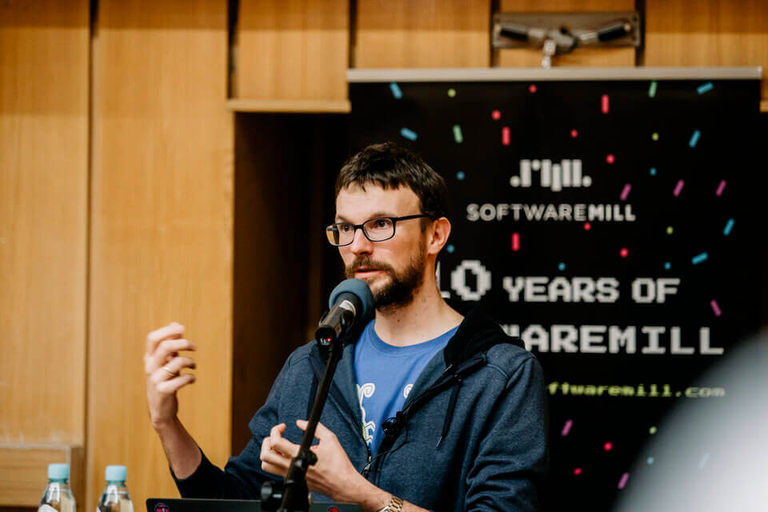

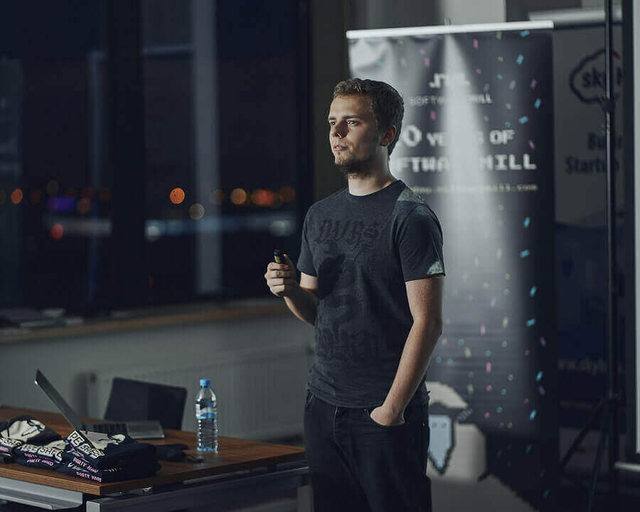
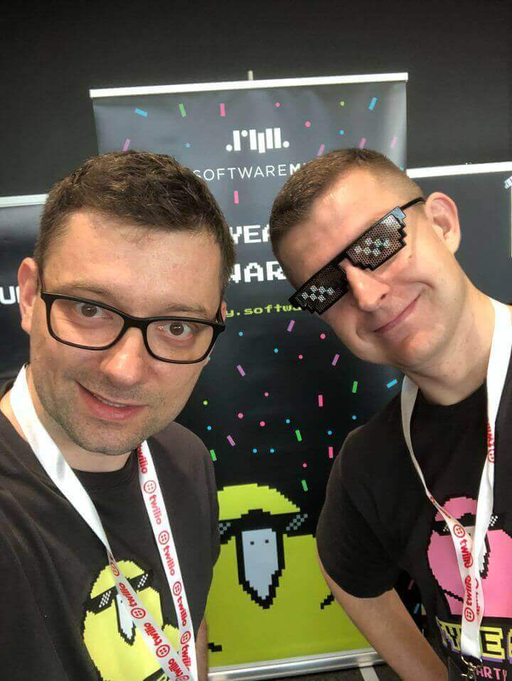
Show all photos
About
SoftwareMill takes care of the complete project development process, always keeping in mind that we want to develop maintainable, working software that brings real value to our clients. We build on traditional engineering work ethics and values, which translate directly to the quality of our systems, helping the client discover their true needs. Our specialization is distributed systems, big data, blockchain, ML, and data analytics. Out technology stack: Scala, Kafka, Akka, Cassandra. We help teams get up to speed with functional programming, introduce event sourcing, or define streaming data pipelines. Read more
AGENCY DETAILS
Founded: 2009
€250K - 500K budget
€65-85/ hour
74 FTEs
GMT+02:00, Poland
TOP CLIENTS



FOCUS AREA
Client insights
4.3
2.8% below average
Verified by Pangea.ai due diligence
What are client insights?
What are client insights?
SoftwareMill
Pangea avg.
FEATURED REVIEW
While working side by side together, I've always felt satisfied and on the right track. A brilliant execution of Knip's specifications.
D**** C****
Series B++ Startups
VERIFIED
Focus area
Verified by Pangea.ai due diligence
Top 5 domains
20%
20%
20%
20%
20%
ChatGPT
Banking & Trading Platforms
SaaS
Home Automation
AI & ML Solutions
Top 4 Services
15%
15%
25%
45%
System Integrations
QA & Testing
Frontend Development
Backend Development
Top 2 Engagement models
60%
40%
Project team
Team augmentation
Top 5 Industries
45%
25%
10%
10%
10%
FinTech
HealthTech
RetailTech
Information Technology
Web3
Top 3 Tech Stack
35%
35%
30%
Java
AWS
React.js
”While working side by side together, I've always felt satisfied and on the right track. A brilliant execution of Knip's specifications.”
”Expert developers, very good at planning. With a very difficult development task, SoftwareMill has delivered a great result.”
”SoftwareMill was recommended by world-class developers, and the team still managed to surpass all expectations. Their code was high-quality and very clean. The team was flexible and worked quickly, and they established a trusting relationship for the duration of the project.”
Team Health
4.1
7.0% below average
Verified by Pangea.ai due diligence
What is Team Health?
What is Team Health?
SoftwareMill
Pangea avg.
FEATURED REVIEW
SoftwareMill's team members are pioneers in tech innovation, dedicated to constant learning & collaboration - the perfect recipe for success🚀
S*****. S****
@ SoftwareMill
VERIFIED
Employee distribution, seniority and tenure
Verified by Pangea.ai due diligence
74
Full-time employees
Team Structure | Avg. seniority | Avg. tenure |
|---|---|---|
Engineers | undefined years | undefined years |
Project Managers | undefined years | undefined years |
UI/UX Designers | undefined years | undefined years |
QA Specialists | undefined years | undefined years |
Business Specialists | undefined years | undefined years |
Other | undefined years | undefined years |
Engineers
Avg. seniority
undefined years
Avg. tenure
undefined years
Project Managers
Avg. seniority
undefined years
Avg. tenure
undefined years
UI/UX Designers
Avg. seniority
undefined years
Avg. tenure
undefined years
QA Specialists
Avg. seniority
undefined years
Avg. tenure
undefined years
Business Specialists
Avg. seniority
undefined years
Avg. tenure
undefined years
Other
Avg. seniority
undefined years
Avg. tenure
undefined years
4 weeks hiring time
6:1 woman to man ratio
92% 1st yr. employee retention
80% overall retention rate
Data Room
Pangea gathers documents like Master Service Agreement or Pricing matrix that will help improve your decision-making process.
0
documents uploaded

0
documents uploaded


